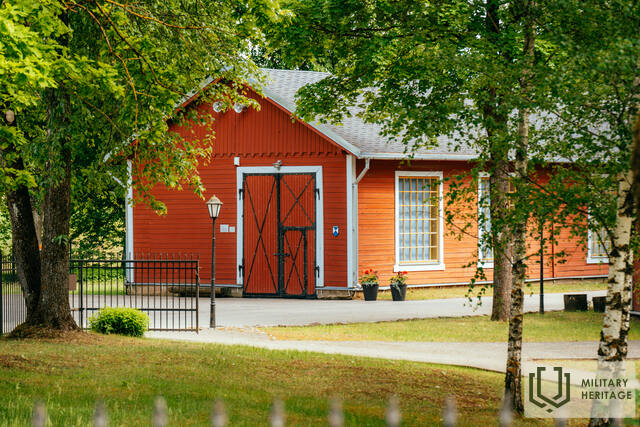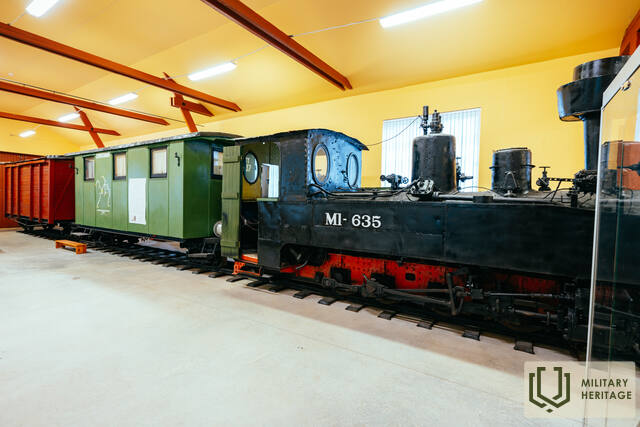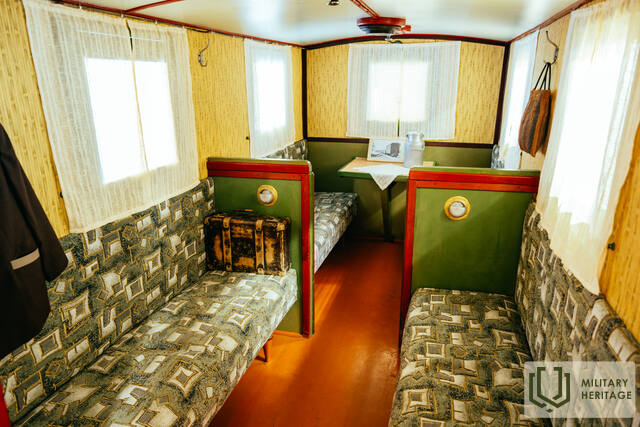Guest Museum "Sēlija" Muziejus

Mazā Bānītis Park is located on the former location of the Viesīte depot.
The Mazā Bānītis Park is the most recognizable part of the Viesīte Museum. The museum territory includes Sēlija's House (Sēlija's cultural history exhibition) and the Tourist Information Point (the former railway office building), the former Viesīte depot locomotive repair shop, the Craft Centre and the Sēlija's narrow-gauge railway history exhibition (in the railway carriage repair shop).
The narrow-gauge railway was built by the German army in 1915–1916 for the transport of military cargo, but after the First World War it was adapted for passenger transport. The museum displays a steam locomotive manufactured in 1918 by the Schwarzkopff company. A service wagon manufactured in 1916, a freight wagon, a platform for transporting timber, a trolleybus, a trolleybus, as well as an exhibition about the Sēlija Railway are on display. The museum manages 7 historical buildings from the station complex. Mazā Bānītis Park is friendly for families with children.
Near Mazā Bānītis Park – in the historical Viesīte station square – is the only preserved narrow-gauge railway section with a water pump in Latvia. Near the station square are historical buildings – a railway freight depot, a culture house, the station cafeteria “Zaļā varde”, a passenger station building and an ambulance.
Panaudoti šaltiniai ir literatūra:
https://muzejsselija.lv/maza-banisa-parks/
Susijusios temos
Susijusi istorija
600 mm siaurieji geležinkeliai Sēlijoje
Dažnai sakoma, kad karas yra visų dalykų tėvas, ir taip buvo Latvijos kaimo geležinkelių atveju. Bet kuriai armijai, nesvarbu, ar ji puola, ar ginasi, karui vykdyti reikia didelių išteklių. Kai 1915 m. Vokietijos kariuomenė įžengė į Latvijos teritoriją, susidūrė su logistiniais iššūkiais. Iki 1915 metų pabaigos frontas stabilizavosi palei Dauguvos liniją. Istoriškai Sēlijos teritorija buvo mažo gyventojų tankumo, todėl nebuvo išplitusio transporto kelių tinklo.






















